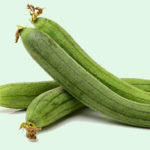Eating melons in the summer has many health benefits such as refreshing tiredness, reducing calories, boosting immunity, increasing energy, improving constipation,… Many types of melons like melon, cantaloupe, honeydew melon are affordable during the season, crispy and sweet, but unfortunately, many people do not know how to choose good melons. Below are some tips to help you confidently choose a good melon during the season.
When buying melons, many people often pay attention to the size first, most people prefer the bigger the better, and also the fruits that feel heavy when held. First of all, learn about the origin of the melons, see where they are grown, the time of the season and the variety of melons. From there, you will have an effective way to choose. The first thing when choosing these types of melons, you should pay attention to the stem part.
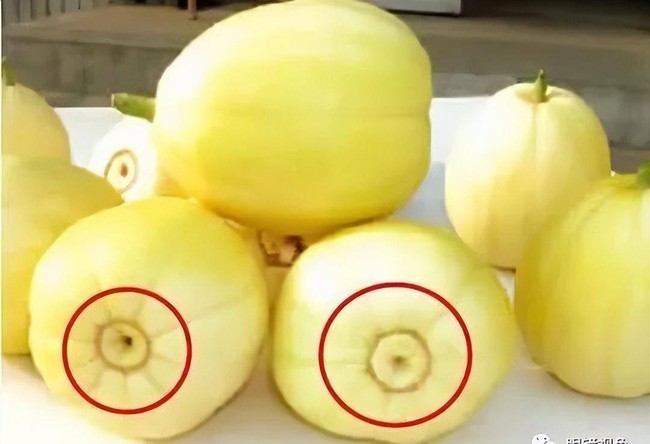
Does the stem of melon affect its sweetness?
Should you choose melons with big or small stem?
There are some types of melons, each type varies in size and growing conditions. The size of the melon and the stem can be affected by several factors such as temperature, light, and soil fertility.
The size of the stem reflects the fertilization process of the melon. If the fertilizer is not good, it will affect the size of the fruit. Melons with large stems usually have less fruit flesh. Melons with small stems have relatively more fruit flesh.
Melons with small stems are usually female melons, during their growth, they absorb more water and nutrients, so they will be sweeter. On the other hand, melons with large stems are usually male melons, which are less sweet.
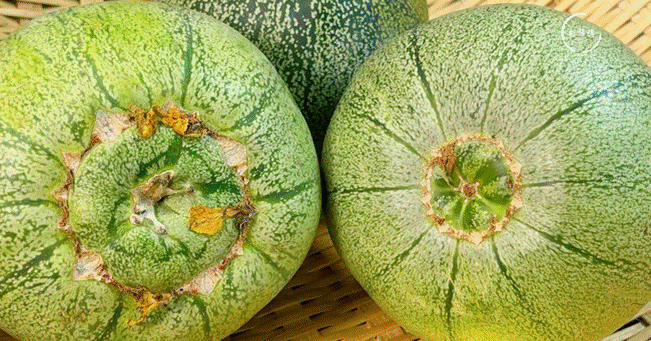
In addition, the nutritional value of melons with large and small stems also differs significantly.
Melons with small stems reflect the fertilization process of the fruit. If the melon is not well fertilized, there may be empty spaces inside the fruit, leading to insufficient water, affecting the flavor and nutritional value of the melon, this phenomenon is more common in melons with large stems.
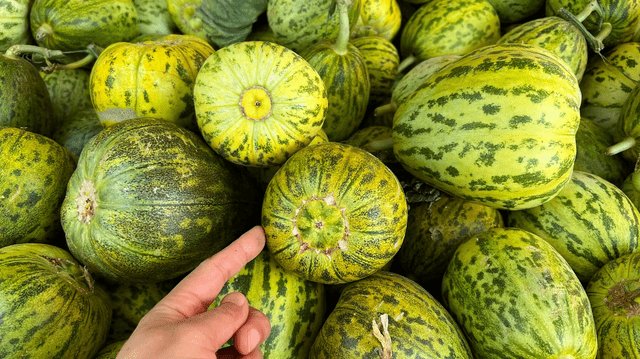
Not only the size of the melon stem, but the shape of the stem is also worth paying attention to. The stem of the melon should be round and full, without any obvious dent or bulge. Fruits like these tend to be sweeter and juicier. If the stem area has obvious dent or bulging, it may indicate that the seeds have not fully developed or the flesh quality is uneven, affecting the taste and quality of the fruit flesh.
In addition to observing the melon stem, you should pay attention to a few other characteristics to ensure choosing good quality melons.
The fragrance and color of the melon skin are also very important
Good melons have a gentle and sweet fragrance, if the melon you buy has a musty smell, it is likely that they are overripe or rotten. Avoid buying melons with cracking or soft dents on the skin. Use your hand to gently press on the melon, you can feel if the flesh part is firm or not. This tip applies to honeydew melons and cantaloupes.
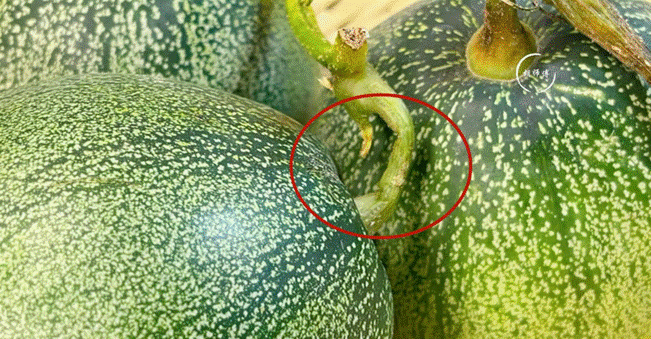
Pay attention when buying melons with fresh stems, if the stem bends about 90 degrees, it shows the best ripeness of the melon. Therefore, when buying melons, remember to choose curved melon stems. A too straight stem indicates the melon is not ripe, relatively less sweet, and should not be bought.
However, with melons, a little change may be needed. Many people often choose slightly “wrinkled” melons, the skin slightly separates but does not create a large crack. Such melons have both thick and ripe flesh. If the fruit is too hard when brought home, it may become wilted easily.
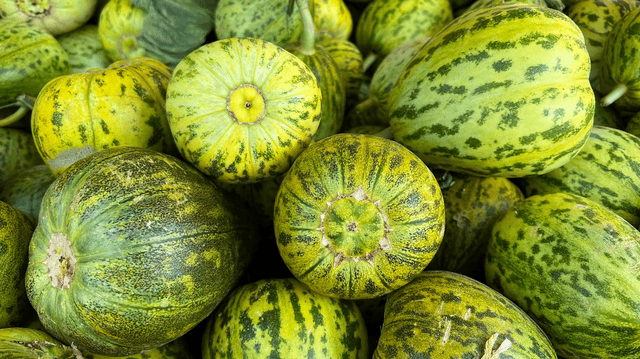
Regardless of cantaloupes, honeydew melons, muskmelons, or melons, when ripe, the skin will gradually turn yellow. The more yellow, the longer the exposure to sun, the sweeter the melons. If there is no yellowing on the surface of the melon, it may be caused by overlapping leaves, resulting in less sweet taste than other fruits.
In general, for honeydew melons, you can buy slightly unripe ones, leave them at home for 1 or 2 days to ripen. Cracked honeydew melons, when left outdoors, the temperature and dust can cause them to generate bacteria, not good for your health.
Observing the color of the melon skin is also very important. The melon skin needs to be smooth, bright, and evenly colored. For white-skinned melons like cantaloupes, they should have an even white color, yellow-skinned melons, yellowish-orange, green-skinned melons like honeydew melons, emerald green.
As you can see, although melons will be sweet enough if they have enough sunlight, if they are exposed to the sun for too long, they will no longer be sweet. So if you see the melon stem turning yellowish, you should avoid choosing this type of melon.
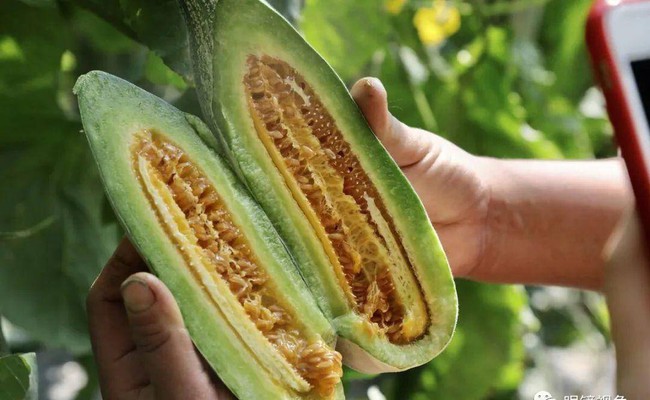
With green-skinned melons like honeydew melons, the evenness of the skin color should also be observed.
What does the weight of the melon reveal?
Normally, when buying fruits, the heavier the fruit, the more water it contains. But with some types of melons, choosing round melons and not too heavy is the best. The melon will be heavy and the sugar has not settled completely when it is completely developed. When eating, it will not be very sweet. Slightly lighter melon means the sugar has “settled”, it will be sweeter.
Source: PNVN
Selecting the Right Melon: Straight or Curved?
Do you want to buy delicious melon to treat your family? Wondering if you should pick a straight or curved fruit? In this article, we’ll provide insight on how to determine which melon is tastier – so you have the perfect fruit dish for your summer meal!




























